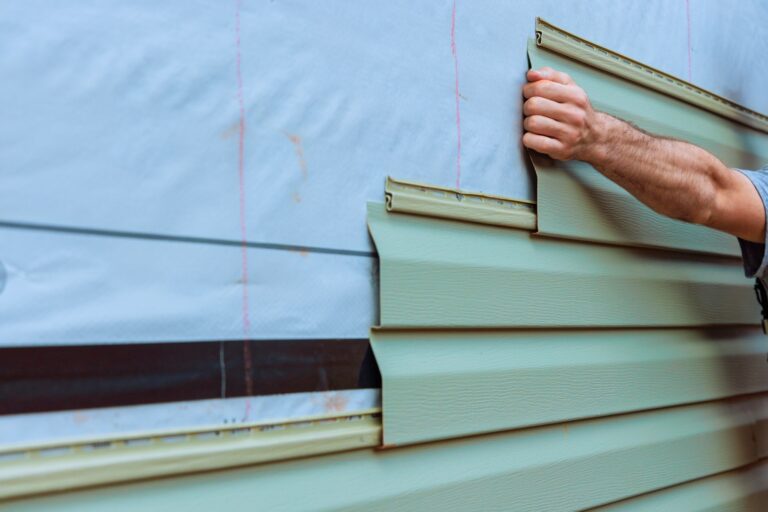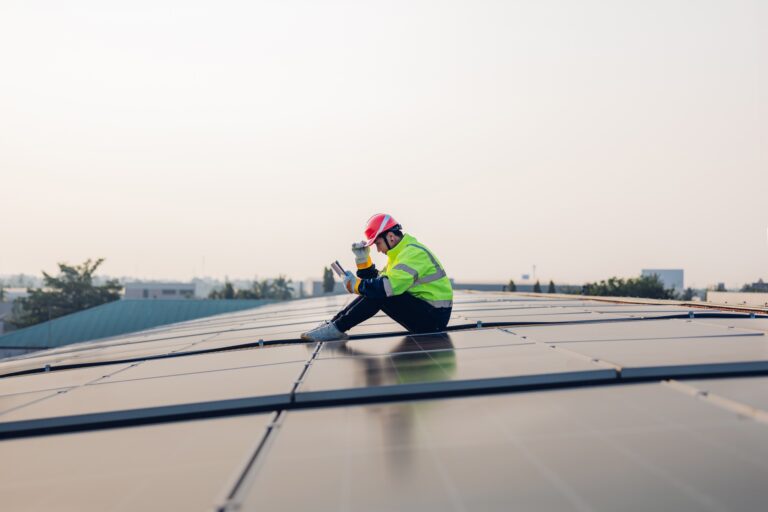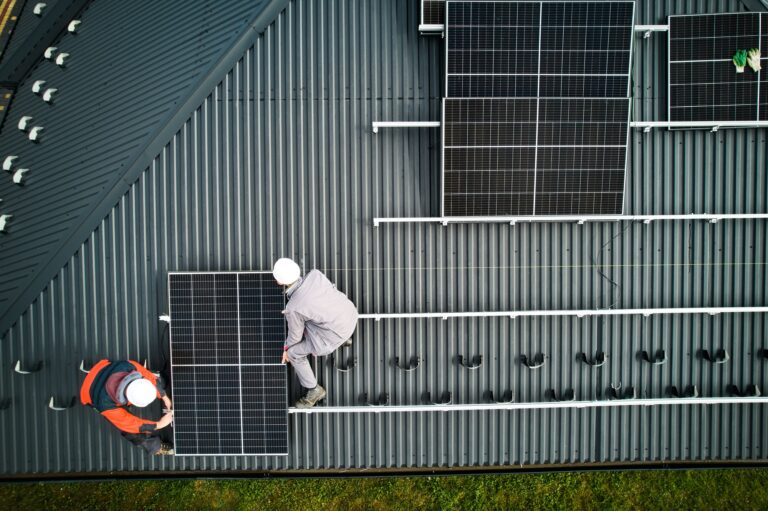Your roof is one of the most important elements of your home, protecting you from the elements and contributing to your home’s overall structure and energy efficiency. Proper care, maintenance, and timely repairs can extend the life of your roof and save you money in the long run. In this guide, we’ll cover everything from regular inspections to choosing the best materials and how weather can affect your roof.
1. Why Regular Roof Inspections Are Essential
Regular roof inspections are crucial to catching small problems before they turn into expensive repairs. Whether it’s missing shingles, debris buildup, or signs of leaks, spotting these issues early can prevent costly damage. Professional roof inspections typically involve checking for wear and tear, damage from storms, and evaluating the roof’s overall condition.
2. Choosing the Right Roofing Materials
The roofing material you choose plays a key role in the durability and aesthetic of your home. Common roofing materials include:
- Asphalt Shingles: Affordable and easy to install, great for various climates.
- Metal Roofing: Long-lasting, energy-efficient, and ideal for areas with heavy snowfall or high winds.
- Slate & Tile: Premium materials offering great aesthetics and longevity but requiring skilled installation. Each material has its pros and cons, depending on your location, budget, and style preferences. Consulting a roofing professional can help you make the best choice for your needs.
3. How to Choose the Right Roofing Contractor
Selecting a reliable roofing contractor is critical for ensuring quality work and peace of mind. Look for contractors who:
- Have positive reviews and ratings from previous customers.
- Are licensed, insured, and offer a warranty on their work.
- Have experience with the type of roofing you need. Take the time to get multiple quotes and ask about the materials they recommend and their work process.
4. Signs Your Roof Needs Repair or Replacement
Your roof can experience various signs of wear and tear over time. Keep an eye out for:
- Water stains on ceilings: Indicating leaks or water damage.
- Cracked or missing shingles: These need immediate attention to prevent further damage.
- Sagging areas: Could signal structural issues or water accumulation. If you notice any of these signs, it’s time to call a professional roofer to assess whether repairs or a full replacement is needed.
5. How Weather Affects Your Roof
Weather plays a huge role in the lifespan of your roof. Different conditions can cause varying amounts of damage:
- Heavy Rain or Snow: Can lead to leaks or ice dams that cause water to back up under shingles.
- High Winds: Can tear off shingles or damage roof edges.
- Extreme Heat: Can cause shingles to warp or dry out, leading to cracking or peeling. To protect your roof, ensure proper drainage, maintain regular roof inspections, and invest in materials that are suited for your climate.
6. The Importance of Roof Maintenance
Routine roof maintenance can significantly extend the life of your roof and reduce the need for costly repairs. Simple maintenance tasks include:
- Cleaning gutters regularly to prevent water buildup.
- Removing debris from the roof surface.
- Inspecting for loose or damaged shingles. By keeping your roof in good condition, you can prevent small issues from growing into major problems.
Conclusion
Your roof is a vital part of your home, and taking care of it ensures that it serves you well for many years. Regular inspections, choosing the right materials, and timely maintenance will help you avoid costly repairs and keep your home safe. Remember, the weather can have a big impact on your roof, so it’s important to stay proactive about its care. If you’re unsure about your roof’s condition, contact a professional roofer today for an inspection or consultation.



